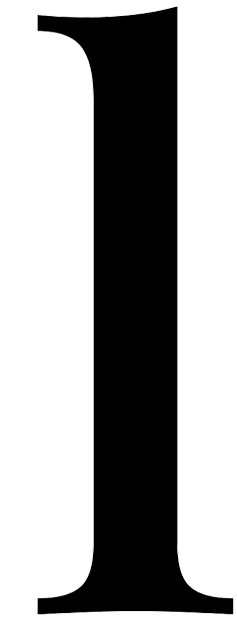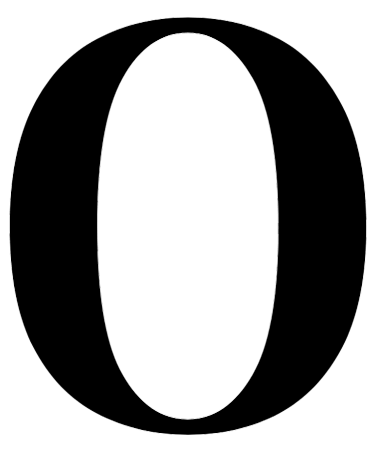


















Are you sick and tired of being sick and tired? After reading Lynne Farrow’s The Iodine Crisis: What You Don’t Know About Iodine Can Wreck Your Life, you just might find the key to a not-so-sick-and-tired you. This book—in my opinion—could just be one of the most enlightening health books I’ve read. And one I think can inspire and educate anyone interested in improving their health and longevity.
Ms. Farrow, a health advocate and former college professor, addresses what she calls a “global iodine deficiency crisis.” According to her, iodine deficiency is a root cause of so many of our modern health issues, including hormonal imbalances, thyroid dysfunction, breast diseases, prostate disorders, mental health conditions, and the list goes quite sadly on.
Over the last 70 years, breast cancer rates have skyrocketed, with 1 in 7 women now diagnosed. This can’t possibly be the result of nature. I think we know all too well it’s the consequence of corporate-driven decisions.
Conventional medicine—primarily driven by $$$$ and power—relies on surgery, radiation, chemotherapy, and hormone therapy. But these costly treatments have done little to improve the 1-in-7 statistic. So could iodine deficiency be the missing link?
“Why didn’t somebody speak up when iodine suddenly went missing from the medical arsenal? The plot thickened when I discovered iodine was called ‘dangerous’ by a research duo in 1948. Their opinion contradicted decades of successful medical use when iodine was applied liberally for conditions ranging from syphilis to breast cancer.” —Lynne Farrow
Iodine-fortified bread quietly disappeared in the 1970s and was replaced by bromine. This alternative element was not only added to flour but then to processed foods such as baked goods and sodas—and a hidden and commonly unbeknownst health hazard. Farrow asks, “Was this a conspiracy or just goofy negligence?”
Curiously, between 1970 and 2000, cases of thyroid and breast diseases surged. And simultaneously, IQ scores drastically decreased and obesity rates rose dramatically. As Farrow notes:
“The iodine crisis has made us sick, fat, and stupid.”
And I think we know why. 🧐
There is a connection between iodine’s drop and bromine’s sudden ubiquity. While iodine is vital to our health, bromine/bromide is disturbingly toxic.
[A side note on the difference between bromine vs. bromide: Bromine is a chemical element used in industrial applications, such as flame retardants, pesticides, and dyes. Bromide, its ionic form, is found in compounds like potassium bromide and sodium bromide, which are added to bread, baked goods, and many commercial beverages.]
The problem with bromide is that it competes with iodine for absorption in the body, displacing it from our tissues and leaving us deficient. Bromine toxicity, also known as “bromism,” has become a main culprit to thyroid dysfunction, hormone imbalances, and all the issues iodine helps prevent.
So then, what exactly is iodine?
Iodine is a powerful essential micronutrient required by every cell in our body, playing a more crucial role in hormonal regulation and brain function. Its (sadly unrecognized) power lies in the fact that it supports ALL critical bodily processes. Its only setback is its susceptibility to displacement by toxins like bromide, pesticides, and food additives.
Ms. Farrow’s detective work uncovers evidence that iodine has been used for 15,000 years to treat illnesses. And that its LONG history only affirms its efficacy. “Iodine wasn’t alternative medicine. It was traditional medicine that had been lost.”
For example, in 1899, the world’s best-selling medical textbook The Merck Manual declared iodine as the most-used (and by implication, most-successful) substance for treating tumors. By 1906, it was hailed as “The Universal Medicine” and prescribed for: goiter, atherosclerosis, syphilis, uterine fibroids, mercury/lead/arsenic poisoning, swollen glands, prostatic hypertrophy, scarlet fever, bronchitis, pneumonia, obesity, depression, breast pain, eczema, genito-urinary diseases, Malaria, ovarian cysts, gastralgia, tonsillitis, and cough, among sundry other health concerns.
“Fear can make you believe in the six most dangerous words in the English language: “They must know what they’re doing.”
Luckily, Ms. Farrow’s battle with breast cancer finally led her to seek an alternative, holistic approach. Through her own research, she decided to take iodine tablets for the first time and describes her experience as finally coming to life. She asks “How could one cheap nutrient reverse so many conditions? How did I get so iodine-deficient anyway? I had always eaten seafood and iodized salt. What happened to the iodine in my food? Where was it going?”
Ms. Farrow shares many more stories of people who improved their health significantly through controlled iodine supplementation, providing anecdotal evidence to support her belief. However, she also cautions readers to educate themselves thoroughly and proceed carefully to avoid potential negative reactions. For years now, I personally have been taking 2 tablets of high-potency Iodoral and letting 5-10 drops of J. Crow’s Iodine absorb on the underside of my wrists. It’s worked wonders, and it’s cured my hypothyroidism.
Throughout The Iodine Crisis, Ms. Farrow encourages us to rethink conventional medicine’s blind eye on iodine. She challenges us to take charge of our health and gives us a compelling case for iodine as a vital, yet criminally overlooked, nutrient—one that could revolutionize public health if we only gave it the attention it deserves.
This book isn’t just a wake-up call. It is a practical guide for anyone searching for answers to stubborn health problems mainstream medicine typically shrugs off or mistreats.
[Side note: there is a difference between nutritional or supplemental iodine and the iodine in our medicine cabinet. The iodine tincture (J. Crow’s)—made with alcohol—is intended as a topical antiseptic and not suitable for oral consumption. Iodine used for supplementation is usually Lugol’s Iodine Solution (Iodoral) in tablet form.]
SHARE